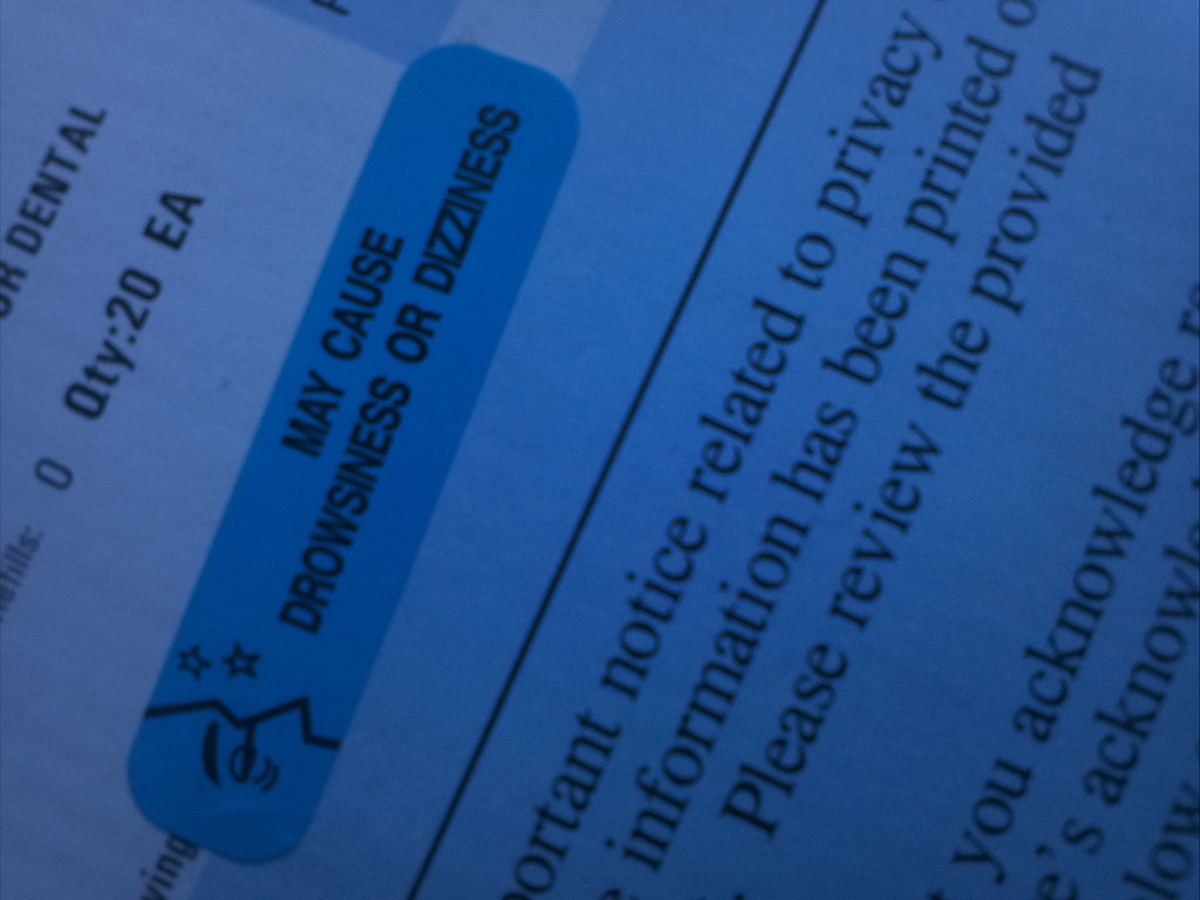Table of Contents
Last week I went to see a consulting cardiologist who introduced herself with "Hi, I'm Dr. ---- and this is my medical scribe." I had never met a medical scribe in person, but I was favorably impressed. A medical scribe helps your visit go more smoothly.
What kind of person is hired to be a medical scribe? Traditionally, the few doctors who chose medical scribes had elite practices and many doctors vying to train under them. Some doctors in training would be allowed to take notes during examinations as part of their qualifying for training.
Nowadays, a medical scribe may not have any kind of license at all, but is more likely to be an RN or a nurse in training, a doctor's assistant in training, or perhaps a first-year medical student. Sometimes medical professionals take a break from their usual duties to serve as a scribe, especialliy when they are learning new technologies and new procedures or they are starting with a different doctor.

Students who are acutely aware of terminology and processes, because they have been learning terminology to pass classes, have fewer problems recording visits in real time. The doctor or other licensed health practitioner still has to sign and date the record of the visit (this may be done electronically), and the Joint Commission on Hospital Accreditation also requires that doctors themselves sign orders to minimize confusion. However, a medical scribe who is a licensed healthcare practitioner can sign orders commensurate with his or her training and certification.
What are the advantages of going to a doctor who employs a medical scribe?
- The most obvious advantage of going to a doctor who uses a scribe is greater patient contact. Doctors and nurse practitioners who use iPads and similar devices to record electronic health records during a visit tend to look at the device rather than at the patient. A number of doctors who employ medical scribes rely on Apple watches to scroll through patient records as they speak, which is also annoying to their patients, but there is usually more doctor-patient interaction when the session is being recorded by the scribe.
- Medical scribes don't just put information into the current visit's electronic health records. They also notice warnings and notes from previous visits. The scribe interacts with records more than the doctor, and may be helpful in reminding the doctor of missed information. This is not likely to happen in the presence of a patient, however.
- Doctor's offices that employ scribes see patients faster. One study found that patients waited, on average, 15 minutes less to see the doctor when a scribe was availabe to record the visit. This is not surprising, since other systems require the doctor to dictate notes between patients. Another study found that the average visit with the doctor was 13 to 14 minutes shorter than when the doctor had to stop to record notes and impressions in an electronic device, without any less attention to the patient.
In the United States, you are most likely to encounter a medical scribe at your cardiologist's office. The reason for this probably is that the use of medical scribes has "caught on" with cardiology offices, and office managers who are familiar with the use of medical scribes tend to move to other jobs with doctors in the same specialty. The presence of a medical scribe is a good sign you'll get in and out of your appointment quickly, and you'll have a second person who cares about the results of your treatment.
- Hixon JR. Scribe system works like a charm in Sarasota ED. Emerg Dept News. 1981. 3:4.
- The Joint Commission. Use of Unlicensed Persons Acting as Scribes. http://www.jointcommission.org/mobile/standards_information/jcfaqdetails.aspx?StandardsFAQId_426&StandardsFAQChapterId_66. Accessed 14 July 2015.
- Photo courtesy of ursonate via Flickr: www.flickr.com/photos/ursonate/6784296439
- Photo courtesy of Bev Goodwin via Flickr: www.flickr.com/photos/bevgoodwin/8837556274


Your thoughts on this